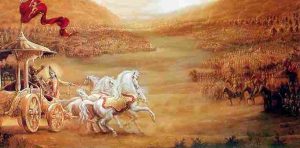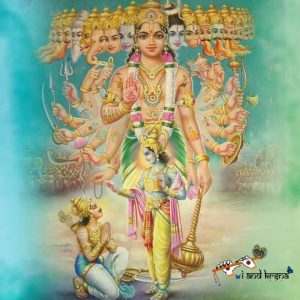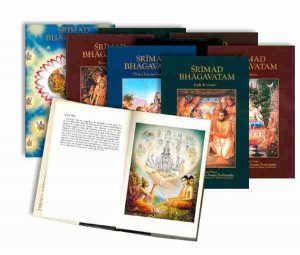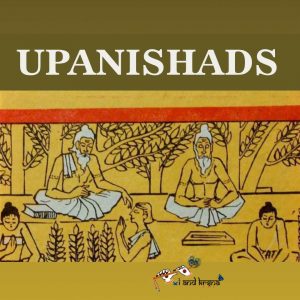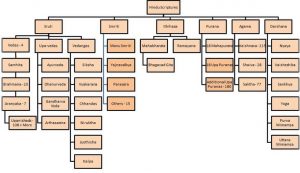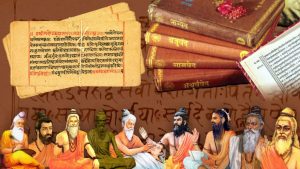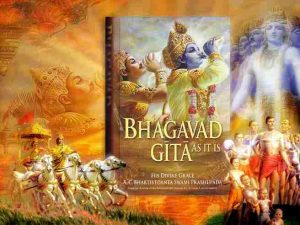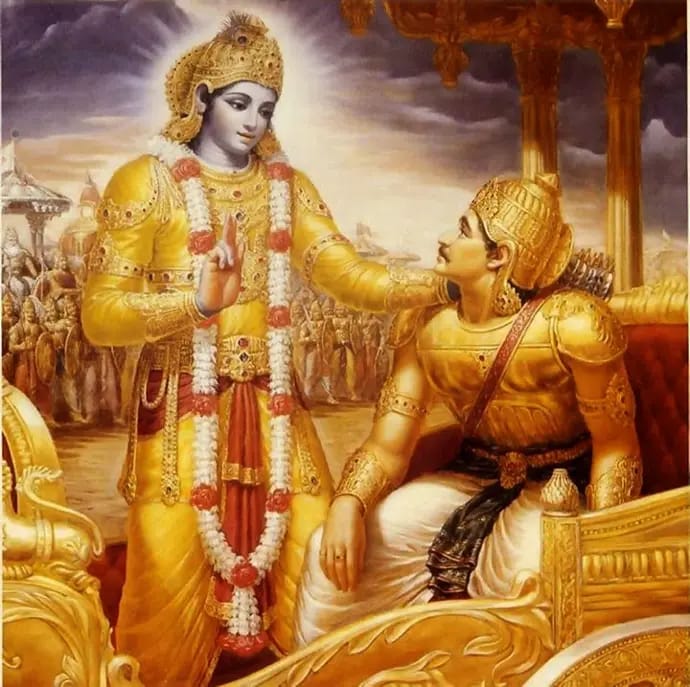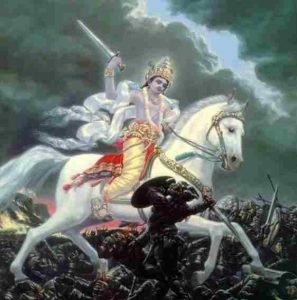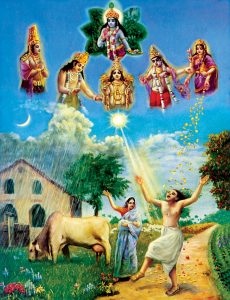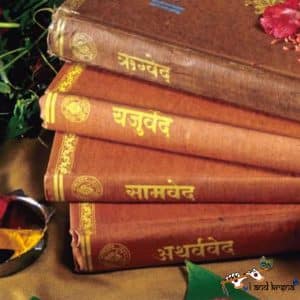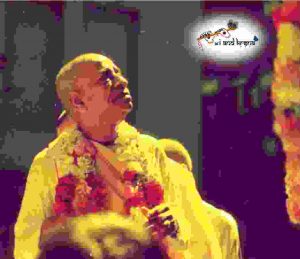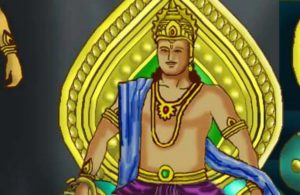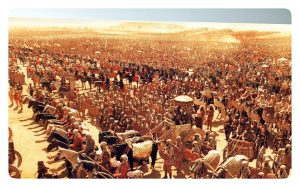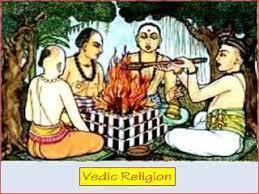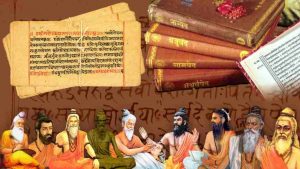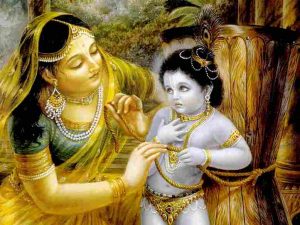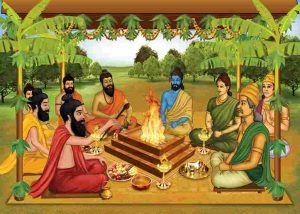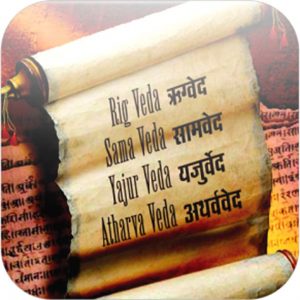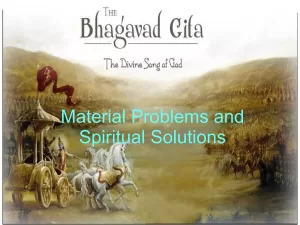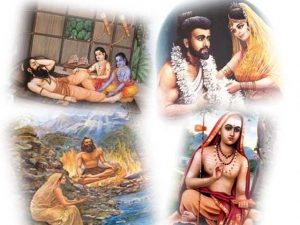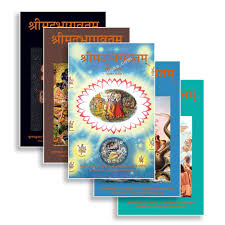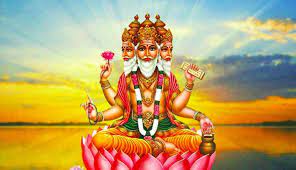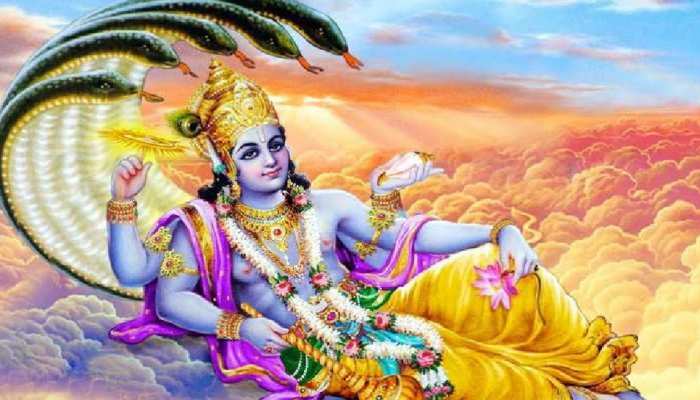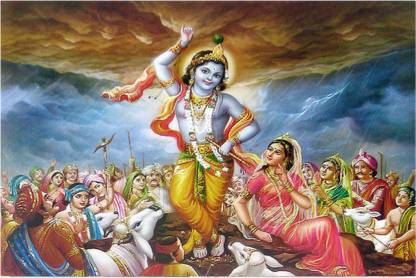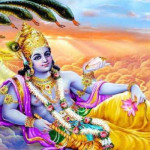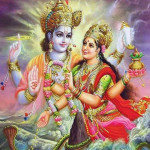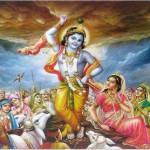Why personal interpretations of Vedic scriptures can obscure the real meaning?
According to Lord Chaitanya, those who try to give a personal interpretation of the Vedic statements are not at all intelligent. They mislead their followers by inventing their own interpretation. Lord Chaitanya protested against misinterpretations of the Upanishads, and He rejected any explanation which did not give the direct meaning of the Upanishad. The direct interpretation is called Abhidha-vrtti, whereas the indirect interpretation is called Laksana-vrtti. The indirect interpretation serves no purpose. There are four kinds of understanding called: (1) direct understanding, (2) hypothetical understanding, (3) historical understanding, and (4) understanding through sound (sabda). Of these four, understanding from the Vedic scriptures (which are the sound representations of the Absolute Truth), is the best method. The traditional Vedic students accept understanding through sound to be the best. For example, the stool and bone of any living entity are considered the impure according to Vedic literature, yet, the Vedic literature asserts that cow dung and the conch shells are pure. Apparently, these statements are contradictory, but because cow dung and conch shells are considered pure by the Vedas, they are accepted as pure by the followers of the Vedas. If we want to understand the statements by indirect interpretation, then we have to challenge the Vedic statements. In other words, Vedic statements cannot be accepted by our imperfect interpretation; they must be accepted as they are. Otherwise, there is no authority in the Vedic statement.
Source: A.C. Bhaktivedanta Swami Prabhupada (2012 edition), “Teachings of Lord Caitanya, The Golden Avatara”, Page 298



